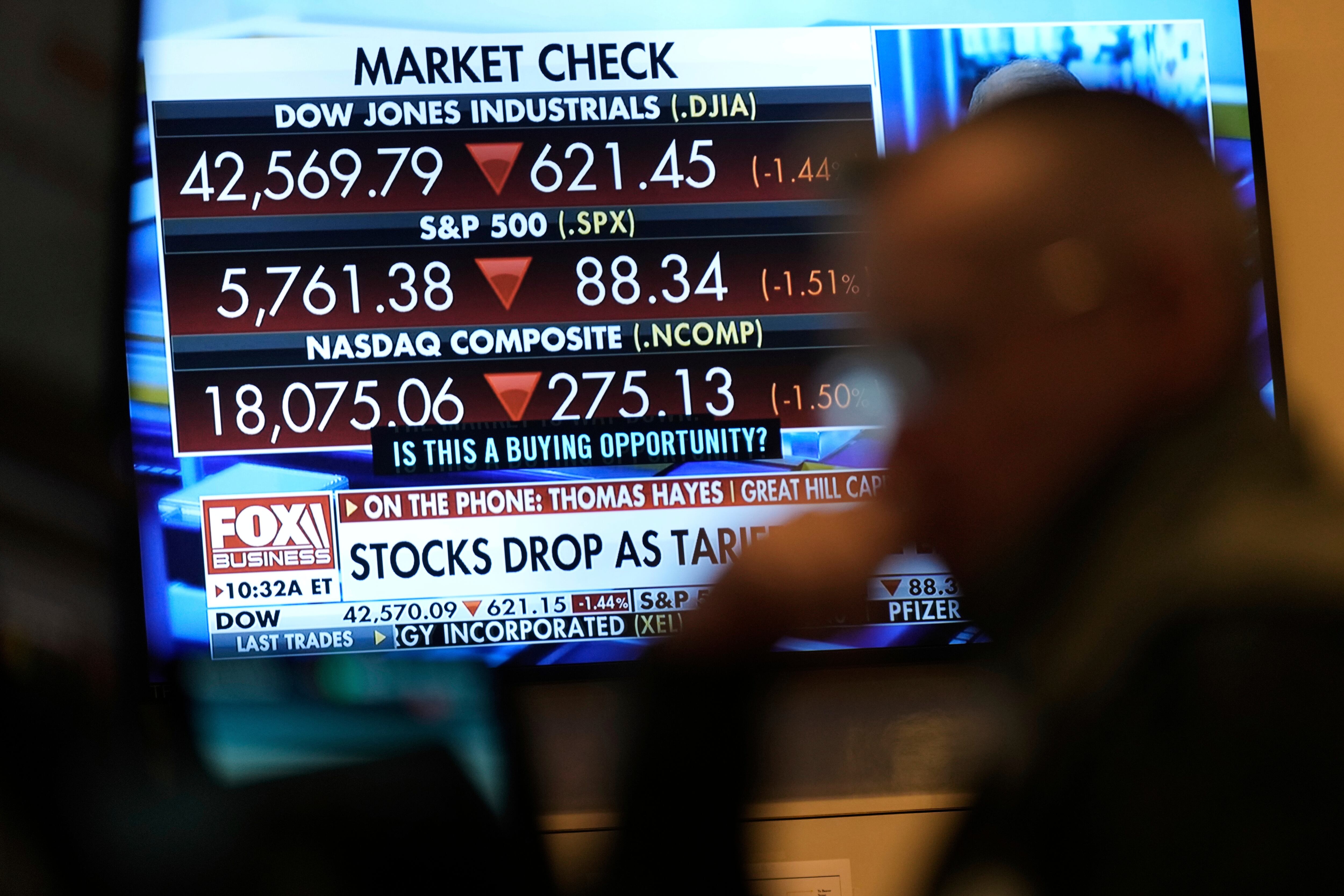America’s employers delivered another healthy month of hiring in February, adding a surprising 275,000 jobs and again showcasing the U.S. economy’s resilience in the face of high interest rates.
Last month’s job growth marked an increase from a revised gain of 229,000 jobs in January. At the same time, the unemployment rate ticked up two-tenths of a point in February to 3.9%. Though that was the highest rate in two years, it is still low by historic standards. And it marked the 25th straight month in which joblessness has remained below 4% — the longest such streak since the 1960s.
Yet despite sharply lower inflation, a healthy job market and a record-high stock market, many Americans say they are unhappy with the state of the economy — a sentiment that is sure to weigh on President Joe Biden’s bid for re-election. Many voters blame Biden for the surge in consumer prices that began in 2021. Though inflationary pressures have significantly eased, average prices remain about 17% above where they stood three years ago.
Friday's report drastically revised down the government's estimate of hiring in December and January from what had been blockbuster increases to still-solid gains. The report also gave the inflation fighters at the Federal Reserve what could be a dose of encouraging news: Average hourly wages rose just 0.1% from January, the smallest monthly gain in more than two years, and 4.3% from a year earlier, less than expected. Average pay growth has been exceeding inflation for more than year, but when it rises too fast it can feed inflation.
The latest figures reflected the job market’s sustained ability to withstand the 11 rate hikes the Fed imposed in its drive against inflation, which made borrowing much costlier for households and businesses. Employers have continued to hire briskly to meet steady demand from consumers across the economy.
The February figures will likely make Fed officials more comfortable about cutting rates sometime in the coming months. With December and January job gains revised sharply down, wage growth easing and the unemployment rate up, the Fed's policymakers aren't likely to worry about an overheating economy. Most economists and Wall Street traders expect the first rate cut to come in June. The Fed stopped raising rates in July and has signaled that it envisions three rate cuts this year.
The unemployment rate rose last month in part because more people began looking for a job and didn’t immediately find one. The Fed will be reassured by the influx of job seekers, which typically makes it easier for businesses to fill jobs without having to significantly raise pay.
Gus Faucher, chief economist at PNC Financial Services, said he was impressed by the breadth of hiring last month: Among industries, health care companies added 67,000 jobs, government at all levels 52,000, restaurants and bars 42,000, construction companies 23,000 and retailers 19,000.
By contrast, factories cut 4,000 jobs. And financial companies, including banks, insurers and real estate firms, added just 1,000.
When the Fed began aggressively raising rates in March 2022 to fight the worst bout of inflation in four decades, a painful recession was widely predicted, with waves of layoffs and high unemployment. The Fed boosted its benchmark rate to the highest level in more than two decades.
Inflation has eased, more or less steadily, in response: Consumer prices in January were up just 3.1% from a year earlier — way down from a year-over-year peak of 9.1% in 2022 and edging closer to the Fed’s 2% target. Unemployment is still low. And no recession is in sight.
The combination of easing inflation and sturdy hiring is raising hopes that the Fed can achieve a so-called “soft landing” by taming inflation without causing a recession — a scenario consistent with Friday's numbers.
Faucher said he expects average monthly job growth to decelerate to around 150,000 and for the unemployment rate to rise to slightly above 4% by year's end. A cooling labor market, he suggested, will allow the Fed to start cutting rates this spring.
Many Americans are exhibiting confidence in the economy through their actions: Consumers, whose average wages have outpaced inflation over the past year and who socked away money during the pandemic, have continued to spend and drive economic growth. The economy’s gross domestic product — the total output of goods and services — grew by a solid 2.5% last year, up from 1.9% in 2022. And employers keep hiring.
In the meantime, the job market’s modest slowdown is happening so far in perhaps the least painful way: Companies are posting slightly fewer job openings rather than laying people off. The number of Americans filing for weekly unemployment benefits — a rough proxy for the number of layoffs — has remained low, suggesting that most workers enjoy solid job security.
Wage growth still remains slightly high from the Fed’s perspective. Some economists argue, though, that pay increases don’t need to drop so much: A surge in productivity that started last year — as companies invested in machines and used their workers more efficiently — means that employers can pay more and still reap profits without raising prices.













